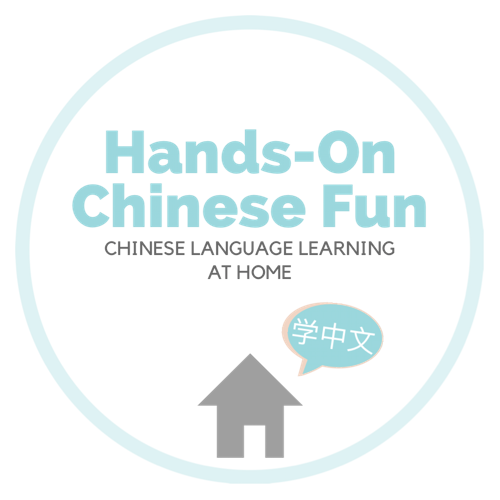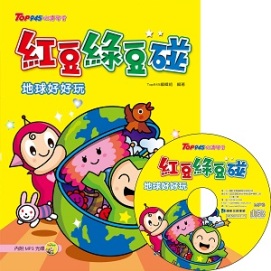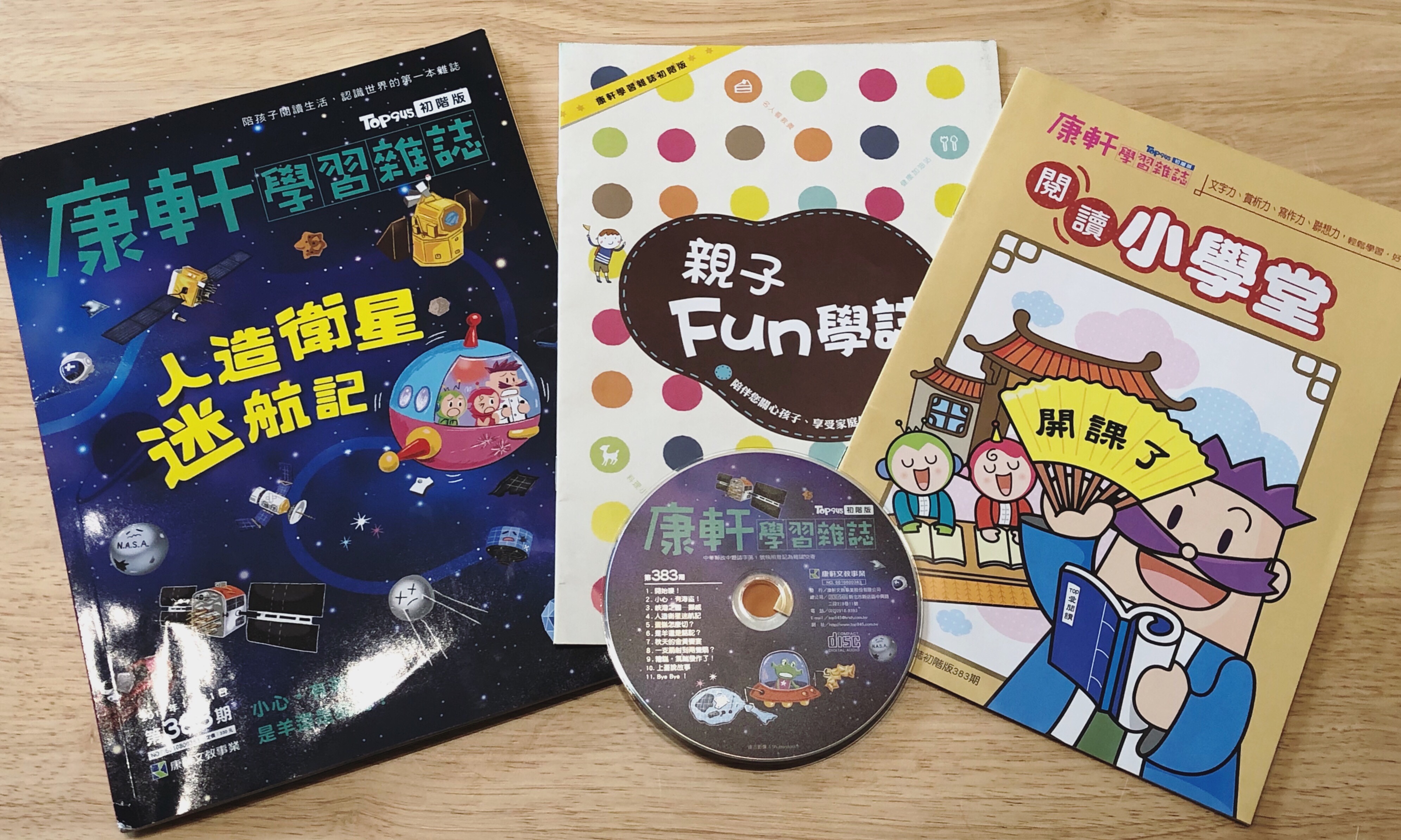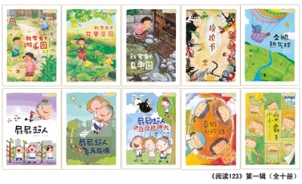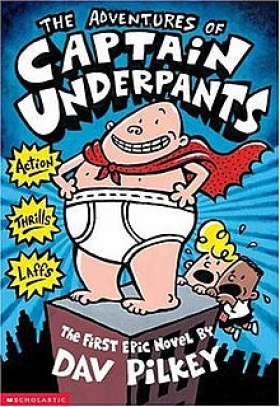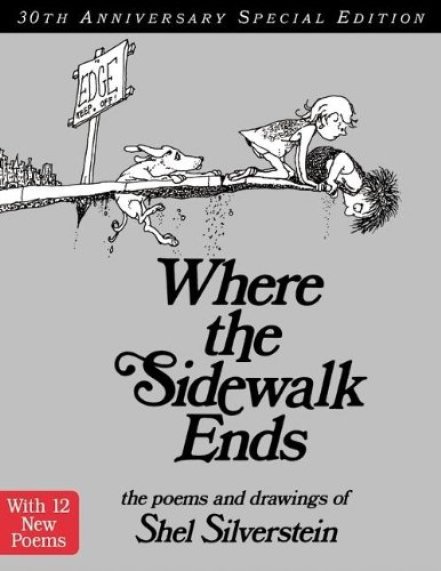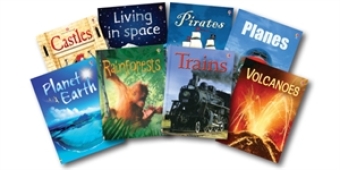This post is to share my experience guiding my 2nd grader’s reading comprehension. Most social media posts seem focused on teaching toddlers/preschoolers how to read but not much about how to progress after that.
I recently read an excellent blog post 7 Mistakes Parents Make When Teaching Their Kids Chinese. I recommend you read it as it is really insightful!
After a few years of hard work and your child is finally reading Chinese fluently, you might think: YAY!!!! MY JOB IS DONE!!!!
Ha ha ha ha ha. Yeah right.
In my mind, the timeline for Chinese reading development goes something like this:
- 4-6 years old: Learn 1000+ characters and phonetics zhuyin/pinyin or both
- 6-8 years old: Read lots of bridge books (aka guided readers and simple chapter books)
- 8+ years old: ?????
The 4-6 years old phase is relatively easy. You pick a curriculum like Sage/Lele/4-5 Quick Read. Follow the curriculum and voila! Kid is reading. (cry happy tears) If you’ve followed my blog back from four years ago, you know that we used 4-5 Quick Read and my son learned to read for a mere $25.
The 6-8 years old phase was probably the easiest but also the most expensive. For these two years he read one bridge book a day. Each bridge book costs ~$3 for Simplified and ~$10 for Traditional so I estimate that two years worth is about $5000. I call this the “osmosis stage” as he was just learning by himself without much assist from me. He learned to read Traditional Chinese by himself and he also developed ability to read books without zhuyin/pinyin. Pretty sweet!
8 years old… current stage that I feel stuck at. Initially I had my son read books by himself as per usual, but then I realized he was not comprehending fully. Why? The books are exponentially more complex at this age, similar to English where there is a HUGE JUMP between simple chapter books (e.g. Magic Tree House) and novels (e.g. Harry Potter). The difficulty is x3 for Chinese since we have limited exposure to the language living in the US and my own limited Chinese.
Think of it this way. Even in the US where kids are exposed to English 24/7, they still have to take twelve years of English Language Arts in school. It cannot be expected that kids will miraculously develop strong reading and writing simply by exposure.
My Solution:
After some trial and error, I found a method that works for us. It is what Charlotte Mason refers to as narration, i.e. after my son does his daily Chinese reading, he retells the story to me in his own words.
It’s a simple idea but I found that it works! And I much prefer it to doing comprehension workbooks (which we may add at some point).
Why it works:
- He reads the book much more carefully when he knows he has to retell it later. Otherwise he may just skim through it.
- I know what he comprehended and what he did not. That way I can explain the misunderstood parts to him, or discuss the ideas and themes with him.
- It turns reading from passive into active learning. This is particularly so for Chinese as he needs to have more practice using novel vocabulary and expressing his thoughts. For example, when retelling he said “… 然後他看到一個 poster”. Me: “他看到一張海報”. Him “他看到一張海報, 然後…” He needs to practice saying these words out loud so that they stick in his memory better.
- It helps develop narrative writing skills. Before you can write a story, you need to be able to tell a story. When he first started narration it was disorganized and he would either include far too much detail or too little detail. These days it is much improved and he can accurately summarize what happened.
- After he retells the story I can ask some inferencing questions like, Why do you think he did that? What do you think will happen next? to improve critical thinking.
The downside to this method is I have to take time to actually read the books myself. It is a bit torturous since children’s books are not exactly super exciting for me. But you know what, my own reading has improved a lot too. I recently read a Chinese novel in two days! (Side note: I realized I really enjoy reading novels made into TV series 😉)
